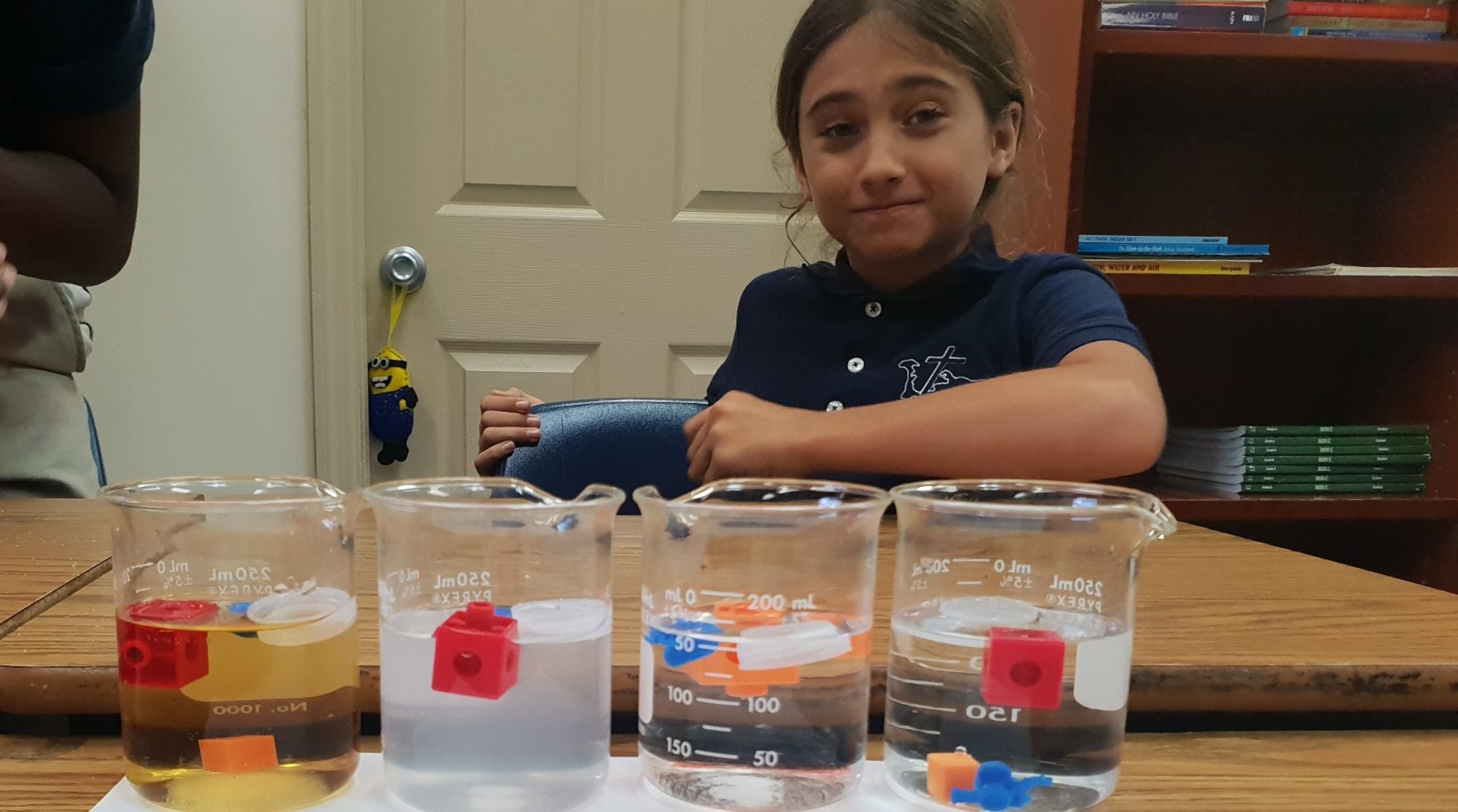Numeracy
Over the past few weeks the school has been focusing on fractions. In Grade 5, we have covered the following:
NOTE: Each provided link is to Math’s is Fun.At the bottom of each page there are practice questions if you would like extra practice for your child.
Equivalent fractions
- You can make equivalent fractions by multiplying or dividing both top and bottom by the same amount.
- You only multiply or divide, never add or subtract, to get an equivalent fraction.
- Only divide when the top and bottom stay as whole numbers.
Comparing and ordering fractions
- There are two main ways to compare fractions:using decimals, or usingthe same denominator.
- We have to convert the fractions to the same denominator in order to compare.
Proper and Improper fractions, mixed numbers and simplification of fractions
Proper fraction – has a top number less than its bottom number
Improper fraction – has a top number larger than (or equal to) the bottom number.
Mixed numbers – a whole number and a proper fraction combined.
Simplification of fractions – To simplify a fraction, divide the top and bottom by the highest number that can divide into both numbers exactly.
Adding and subtracting like and unlike fractions
- When we add or subtract fractions, the denominators must be the same.
- First add or subtract the whole numbers, then if required, convert mixed number to improper fraction.
- Our final answer must be simplified.
- All working out must be shown.
